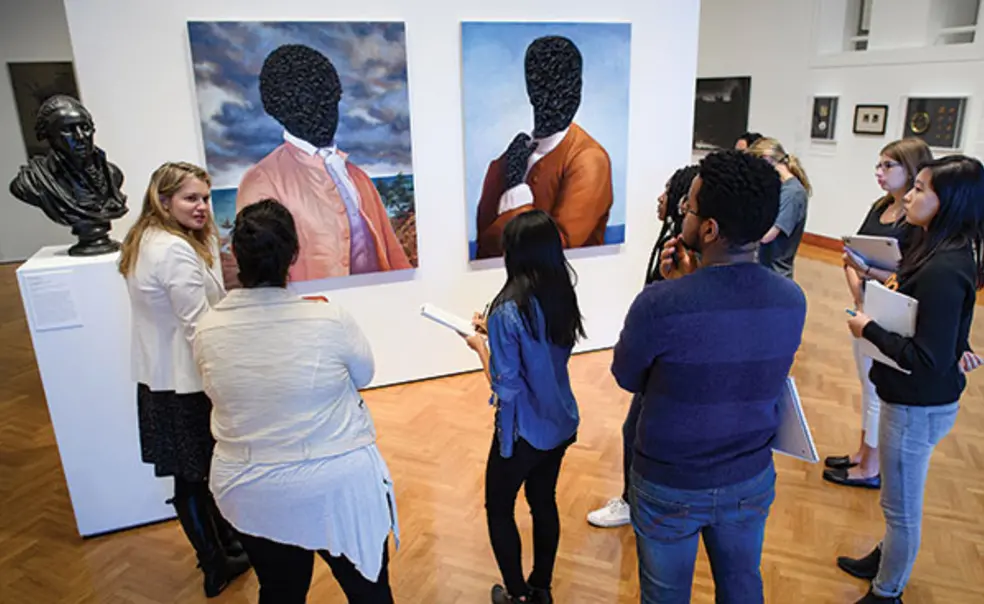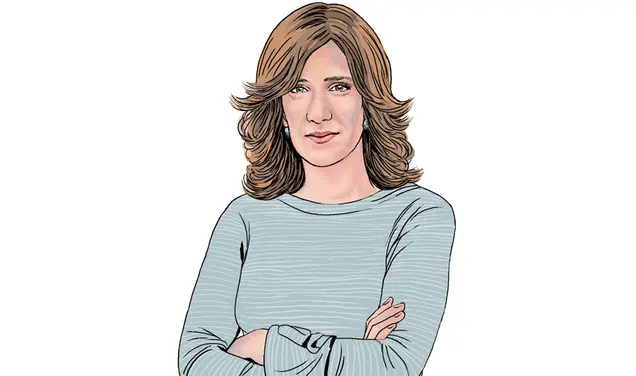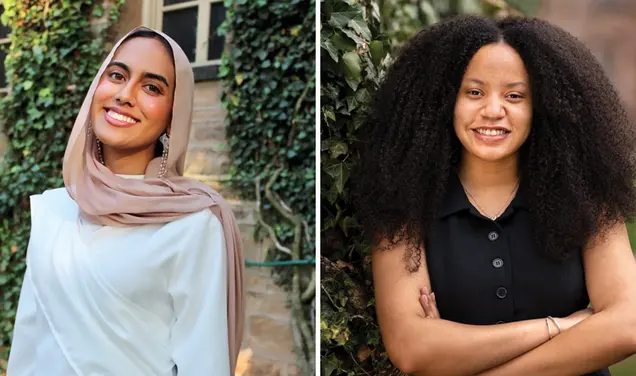Teacher Monica Huerta *06, lecturer in English and the Council of the Humanities and a postdoctoral fellow in the Society of Fellows in the Liberal Arts
Focus Why have human beings been fascinated with faces throughout history? And how does that interest take different forms, depending on whether you’re a psychologist, an author, or an actor and the time period in which you live? Students read literature and philosophical texts, consider principles of psychology, and study portraits at the University Art Museum to try to answer these questions.
Among the discussion topics are: Do actors have to physically feel a feeling in order to act it out convincingly? How do “official” portraits of people in positions of power portray the office, as opposed to the individual?
Interdisciplinary learning Assistant professor of theater Brian Herrera will lead a workshop on learning how to act using one’s face, and students will learn the difference between a professional acting headshot and a portrait. Psychology professor Alexander Todorov, author of a book about how the impressions people draw from faces reveal their own biases and stereotypes, will speak about his research. And students are taking several trips to the art museum to study objects that relate to their reading assignments.
On the syllabus Essays on Physiognomy by Johann Kaspar Lavater, The Face: A Time Code by Ruth Ozeki, Rembrandt and the Epiphany of the Face by Joseph Koerner, and The Player’s Passion: Studies in the Science of Acting by Joseph Roach.
Reading and Seeing Students reflect on the readings in a “Reading and Seeing” journal. On each visit to the art museum, they are given 15 to 20 minutes to describe the objects they see. “It gets them to slow down, and slowness is a time of thinking,” said Huerta. After class, students are expected to write for 30 to 45 minutes in their journals about the day’s conversations.
Key takeaway “That the face works like a medium — that it is neither only biology ... , nor is it only aesthetic,” Huerta said. “That it is a means by which we can communicate, and that it has all kinds of failures and misunderstandings and insufficiencies built into it.”











No responses yet